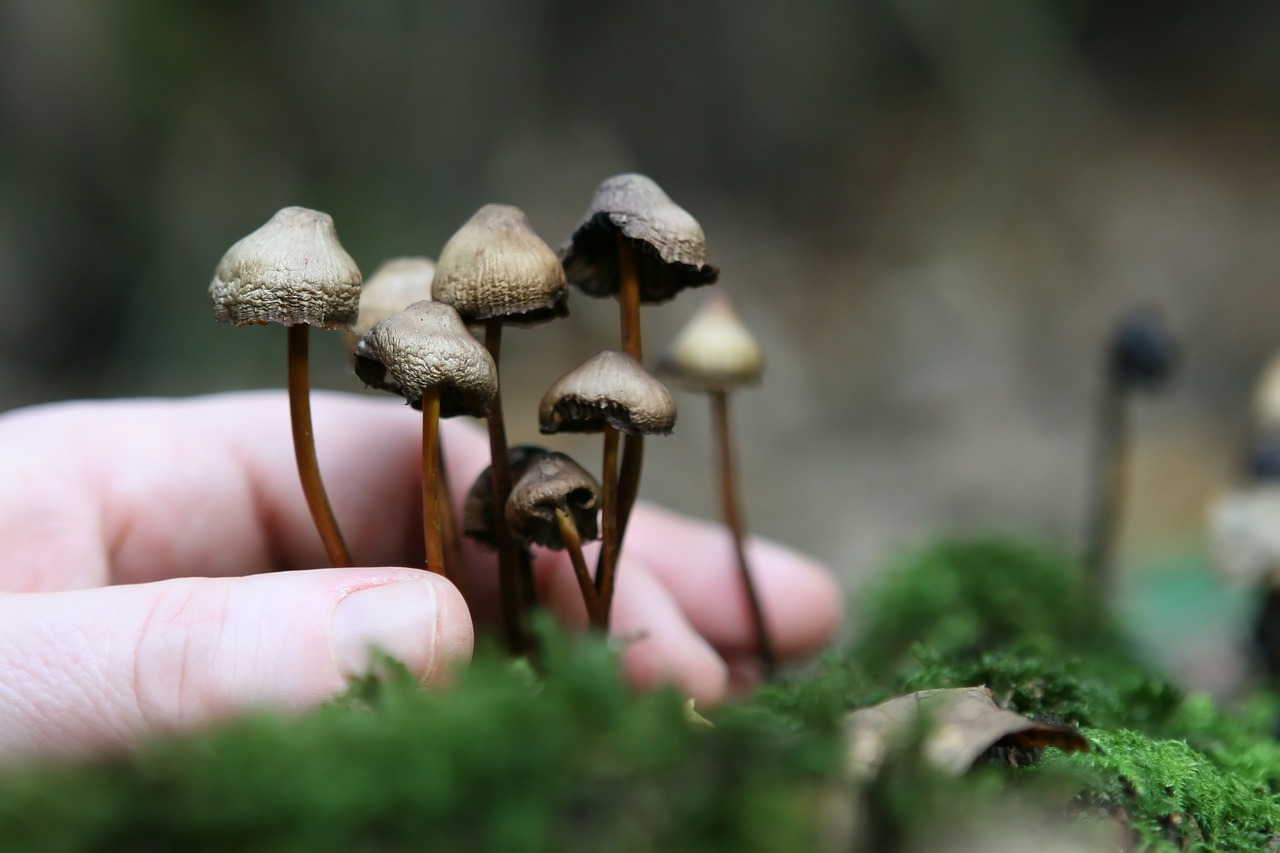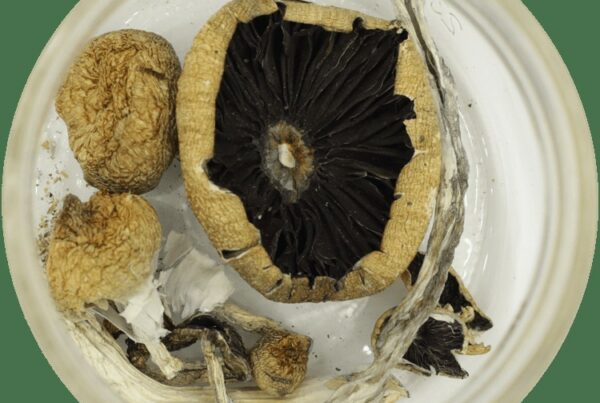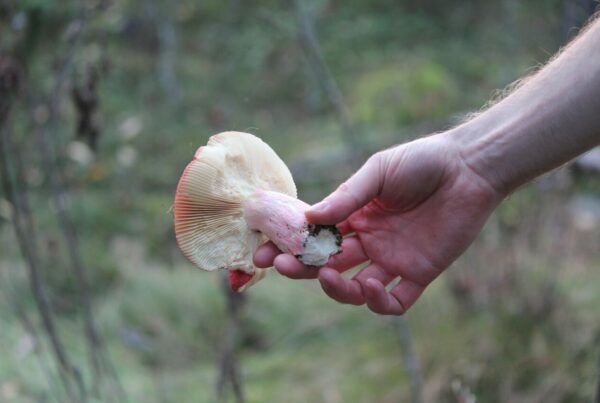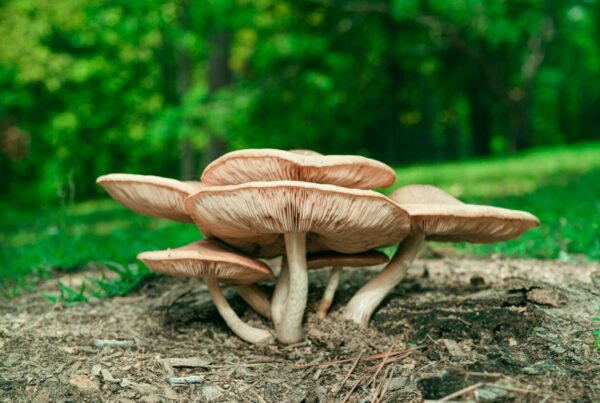Decoding Mycelium
Mycelium, the root-like structure of fungi, essentially acts as the digestive system for mushrooms. It hunts for nutrients, transforms them into a digestible form for the fungi, and subsequently nourishes the fungi. The leftover from this process enriches the nearby soil, providing key nutrients for other plants and generating a nutrient-rich biomass that is perfect as mulch for gardening.
Beyond their contribution to mushroom growth, mycelium networks are crucial for the wellbeing and development of many land plants, including trees. For example, tree roots partake in a mutually beneficial exchange with fungi: the tree offers the fungi carbon in the form of sugars, and in exchange, the fungi provide the tree with essential minerals like nitrogen and phosphorus. Learn more about this symbiotic relationship here.
Fascinatingly, mycelium networks function as a sort of subterranean communication grid among plants, akin to the neural networks found in our brains. Current scientific studies propose that plants and trees might have rudimentary nervous systems that fungi could potentially manipulate, impacting functions such as communication, memory, and learning. Additionally, mycelium aids in maintaining soil health by consuming decaying organic materials and neutralizing any pollutants present.
If you’re keen on growing magic mushrooms, understanding the growth of mycelium is key. Although the cultivation process may be difficult for novices, acquiring knowledge about mycelium is an essential first step. While you can always opt to buy mushrooms from Momentum Mushroom Canada online, learning about mycelium can enhance your cultivation journey.
Mycelium Growth Process
When fungal spores meet a suitable growth environment, they trigger the formation of two types of mycelium. The first, referred to as primary or monokaryotic mycelium, is identified by the presence of a single nucleus in each cell and is usually invisible to the naked eye. The second, known as secondary or dikaryotic mycelium, is visible and houses two nuclei in each cell.
The fungal spores start to germinate and form the primary stage known as the monokaryotic mycelium. Upon encountering another compatible monokaryotic mycelium, they fuse to create the second stage, the dikaryotic mycelium. It is this stage that has the capability to generate mushrooms or sclerotia.
Types of Mycelia
Mycelia are categorized into three types, two of which are signs of successful mushroom cultivation.
- Rhizomorphic mycelia are characterized by their string-like extensions. Easily identifiable, they are made up of units called hyphae. The rhizomorphs form a network of these grouped hyphae. Rhizomorphic mycelia spread initially, then relay chemical signals back to the colony indicating a nutrient-rich area ahead. The rest of the mycelia then advance. The hyphae at the edge of the rhizomorphic mycelia secrete peroxidase, an enzyme that breaks down the material ahead for nourishment. The hyphae then spread over this material, distributing nutrients throughout the colony. This type of mycelia is favored by many cultivators due to its increased potential for mushroom production as the Rhizomorphic mycelia emerge from the substrate.
- Tomentose or “Fluffy” mycelia, bear many similarities to Rhizomorphic mycelia with their unique strand arrangement. The strands may not be instantly visible, but they are there, clustered together, giving a cotton-ball-like appearance. The development of either tomentose or rhizomorphic traits in your mycelia majorly depends on the growing conditions. There is an ongoing debate among cultivators regarding whether the type of mycelia impacts the growth rate or the yield size.
- Aerial mycelia develop when the growth conditions are not optimal. Under such conditions, the mycelia are prone to grow outward rather than spread across the medium or form a ball. Often misidentified as bacterial infection, this type of mycelia can hinder your mushroom cultivation, leading to smaller, weaker mushrooms. Aerial mycelia are usually a result of insufficient fresh air exchange and high humidity.
Mold or Mycelium?
Recognizing the difference between mold and mycelium is vital. If you notice green, blue, gray, or black patches on or inside your fruiting box, it’s likely that your culture has been contaminated. Discoloration is a major sign. However, blue spots may sometimes just be bruises.
Cobweb molds are generally quite noticeable. Instead of the bright The typical color of Mycelium is a shade of white with a greyish tinge and presents a fibrous, fluffy texture. Although cobweb moulds and green moulds do not pose a threat to human health, they can adversely impact the health of your mushrooms.
Momentum Mushroom Canada: Your Ultimate Guide to Mushroom Knowledge
Whenever psychedelic mushrooms in Canada cross your mind, remember Momentum Mushroom Canada. We are continuously striving to provide useful information to help you have a safe and pleasurable mushroom journey.





